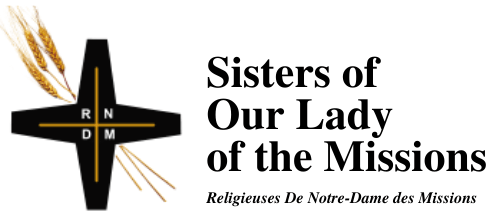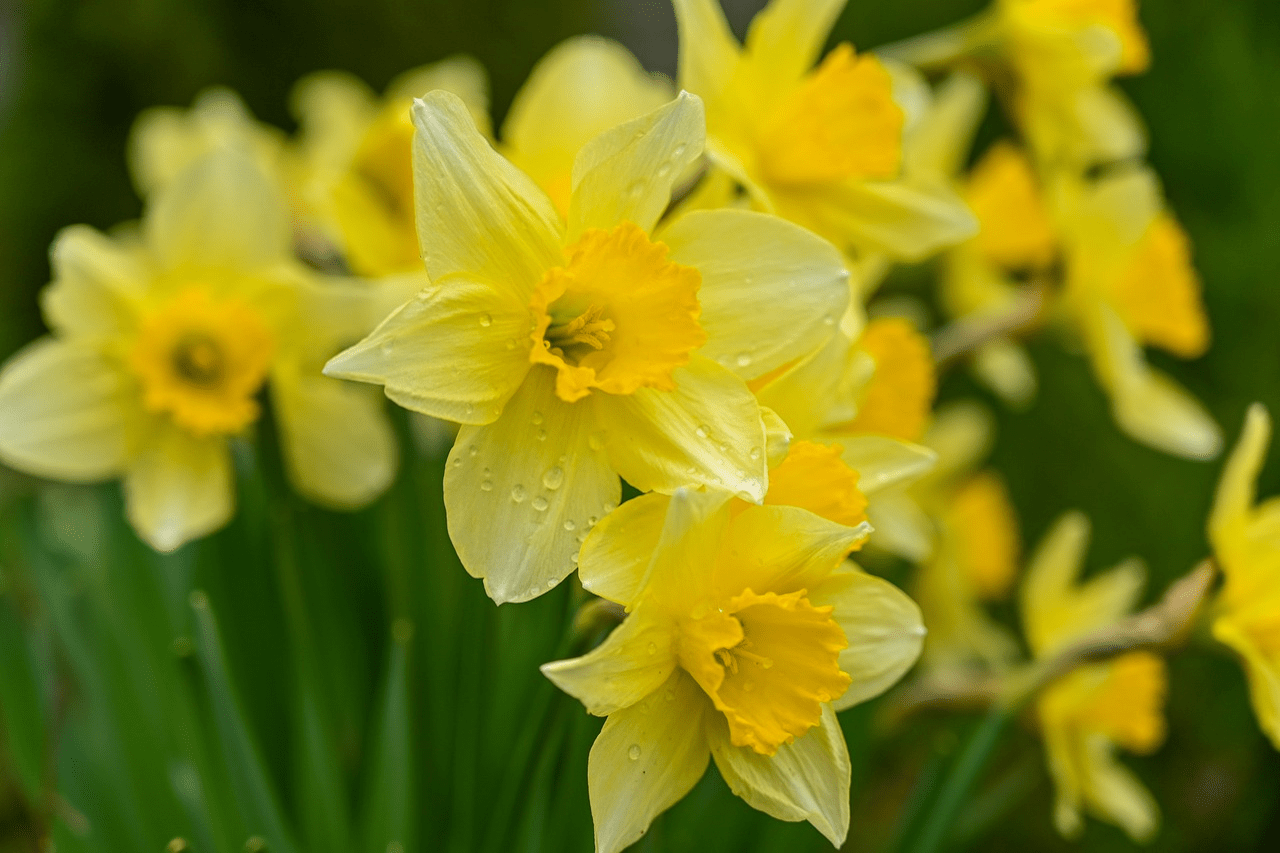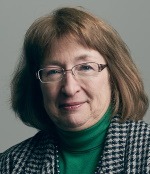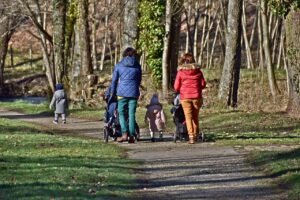Acts 10: 34a, 37-43 (RM) or 34-43 (RCL); Psalm 118; 1 Corinthians 5: 6b-8 (RM in Canada) or Colossians 3:1-4 (RM in U.S) or 1 Corinthians 15: 1-11 (RCL); John 20: 1-18 (RM in Canada and alternate reading in RCL), or John 20: 1-9 or Luke 24: 13-35 (RM in U.S.)
For Easter Sunday may I invite you to return to the Noddfa Centre retreat house in the north of Wales, that we visited in the February 25 Reflection? Imagine you’re a guest at a grand old manor house ringed by farm outbuildings, perched part way up a steep rocky hill covered with daffodils growing wild. Grassy meadows hosting flocks of mother sheep and noisy lambs punctuate more sharp-peaked hills, and the wild crashing of the sea looms in the distance.
Twenty-five women affiliated with “Women Word Spirit” have gathered together with three women religious who manage the centre, for a five-day Easter Triduum gathering on the theme “Death and Renewal of Creation.” From Thursday through Monday the participants meet each day in small groups to plan original feminist liturgies around the day’s liturgical and theological themes, with a creative use of natural elements, artwork, colour, text, music, space and movement.
6:00 am, at dawn on an overcast Easter morning, (…yawn, groan…) we pull on warm clothing and drag ourselves to the main hallway. There each of us is handed a small jar of spice that came straight from the kitchen pantry – ginger, sage, culinary herbs. We are the women who rose early to go to the tomb where the body of Jesus had been laid. We set off, out the back garden and up the wooded hill to the… empty… tomb. Shocking! Where is he? What just happened? Where did they move him? We mill around aimlessly in stunned confusion.
And as we milled, scattered in the chill morning air, one by one we became aware of something. One of our number, a woman named Marlene who had come over from France, was moving more deliberately among us. Wearing a black hoodie that made her a sort of spooky spectre, she quietly came up to each woman, and softly called her by name. Marlene, whom we had first met only two days before, had memorized all our faces and names, and gently, invitingly, personally called us each by our name. As Jesus did to Mary in the garden. Unexpected, unannounced, catching each one of us by surprise and leaving each one a bit breathless.
We converged at a clearing where a huge pile of wood was set on fire – the Easter fire. We lit sparklers from the bonfire and danced around it joyfully, then processed down the hill to the fountain in the garden, singing and dancing round the fountain. We blessed the water, then blessed each other with the water, splashed happily, sang more songs, and proceeded indoors to a grand brunch, later an even grander Easter dinner and an evening party with much laughter and song.
By Monday morning many of the women named their experience of being called by name by the risen “Jesus” as especially powerful and meaningful, within a long weekend of eloquently prayerful and compelling liturgical celebrations.
“John’s resurrection story is not triumphant but instead leads us to look into the reality of death, where we unexpectedly but intimately encounter the risen Jesus,” in the words of commentator Jin Young Choi. Simon Peter and the other disciple looked into the tomb but “did not yet understand” about his rising from the dead. So what did they do? They went home. Probably slammed and locked the doors out of fear, which of course did not prevent the risen Christ from suddenly standing among them and speaking with them, his wounded body very close to them, as we read later in John 20.
Look beyond the Father-Son language, go a level deeper, and see the tenderness and depth of love that he had for Mary of Magdala. His question “Why are you weeping? Whom are you seeking?” invites her to speak his name. But she can’t. Not yet. Not before he calls her, gently, by her own name. “Mary.” Just Mary.
“Only at this moment can she recognize her teacher and friend, Jesus,” writes Jin Young Choi. Mary wants to touch him. Instead he sends her off, sends her on mission to be the apostle to the apostles. An apostle to the ages. An apostle to us.
In the dank chill of early morning, a light shines. A spark ignites a fire that blazes, up and up, water flows to bless the rich earth with fertility, and we dare to speak the hope of a life in harmony with all of creation, a life brought into being by love, sustained in justice, and welcomed into the folds of the earth at its bodily end.
Alleluia.
© Susan K. Roll
Susan Roll retired from the Faculty of Theology at Saint Paul University, Ottawa, in 2018, where she served as Director of the Sophia Research Centre. Her research and publications are centred in the fields of liturgy, sacraments, and feminist theology. She holds a Ph.D. from the Catholic University of Leuven (Louvain), Belgium, and has been involved with international academic societies in liturgy and theology, as well as university chaplaincy, Indigenous ministry and church reform projects.





What a moving description of a group of women meeting to plan and enact powerful liturgies. Just reading about it gives a further sense of the enlivening qualities of our symbols and rituals. I pray these moments may happen more often.